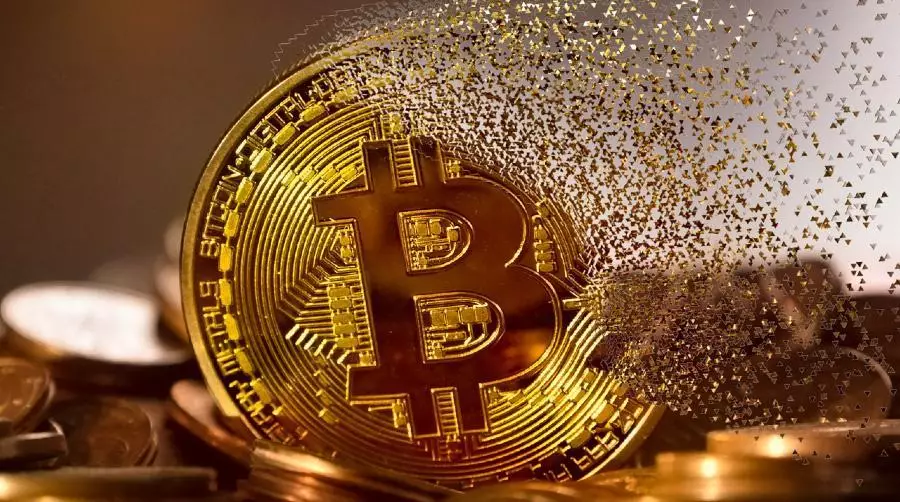In an exclusive interview with CNN, Shireen Mahdi, Lead Brazil Economist at the World Bank, said Brazil had one of the lowest extreme poverty rates in the Latin America and Caribbean region during the pandemic.
In 2019, the country had 11.4 million people in extreme poverty. That number dropped to 4.04 million in 2020. As a result, almost 7.4 million people left the extreme poverty line — which, according to the World Bank, is when a person has an income of less than US$ 2.15 (about of BRL 10.8) per day.
The poverty lines were updated by the bank in October of this year, when the data used by all countries were standardized based on the purchasing power parity (PPP) in the year 2017 (up until then, the data were from 2011).
The 2020 data on extreme poverty in Brazil are the lowest since at least 2012, when a change in the PNAD methodology made it impossible to compare with data prior to that year.
“Our data show a sharp drop in the poverty rate between 2019 and 2020. This result occurred after government intervention, with the payment of emergency aid. Many countries also presented packages of interventions, but they did not obtain a package as large, which would have an impact on reducing poverty like Brazil”, comments the World Bank economist.
Although Brazil was one of the countries that had the best performance in reducing poverty among Latinos in the first year of the pandemic, the expectation for 2021 is different, according to the World Bank.
Of the total Brazilian population (about 214 million people), the estimate is that the number of vulnerable people reaches 5.8% of the total population. As a result, in 2021, 12.4 million people may have been in extreme poverty. “Emergency aid was a quick and generous response, but with a short-term result,” Shireen said.
In addition to the economic package being punctual, the World Bank economist explains that a second factor may have contributed to the increase in people below the poverty line in 2021: the job market in Brazil was not heated.
“This market recovery that we are seeing now, it came back in late 2021 and early this year. During 2020 and 2021, the labor market experienced a shortage and this will also impact Brazil’s poverty rate in 2021.”
Shireen points out that the World Bank recognizes Brazil’s efforts in an emergency period, but has warned since 2020 that it is necessary for the country to invest in long-term public policies to change the poverty picture.
“Brazil was really a point outside the curve in Latin America, it was one of the very few to be able to reduce poverty during an emergency period and this is due to the aid. However, the plan was not so generous the following year, that is, it was not a sustainable plan in 2021, because it could impact public accounts. That’s why the World Bank has since warned that Brazil needs to adopt mechanisms and strategies for sustainable growth and social inclusion”, explains Shireen Mahdi.
How was the aid paid?
Created in April 2020, the emergency aid initially had the payment of five installments of R$600 (R$1,200 for single mothers) to help the vulnerable population affected by the pandemic.
From September to December 2020, four more installments were paid at half the amount: R$ 300 (R$ 600 for single mothers).
The program resumed in April 2021 because of the second wave of the Covid-19 pandemic, with installments between R$150 and R$375. In principle, there would be five installments, but the law that authorized emergency aid in 2021 extended the payment. for another three installments of equal value, according to information from Agência Brasil.
Source: CNN Brasil
Joe Jameson, a technology journalist with over 2 years of experience, writes for top online news websites. Specializing in the field of technology, Joe provides insights into the latest advancements in the industry. Currently, he contributes to covering the world stock market.






